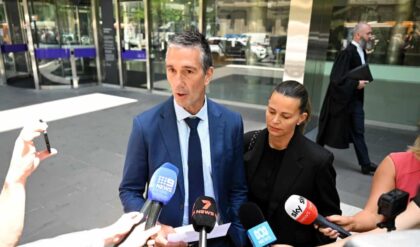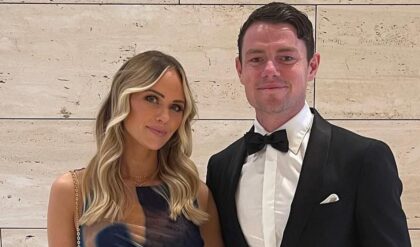Fantasy and science fiction films come and go, with even massive franchises often disappearing to wait for their next generational reboot. However, a rare few manage to stand the test of time. In the case of The Lord of the Rings trilogy, a combination of many factors culminated together to make the series timeless: well-executed effects, sweeping music, detailed costumes, and world-class acting, to name a few. One of the hardest things for a film to pull off, though, that Lord of the Rings masterfully achieves is the dialogue.
Many great films suffer from obsolete patterns of speech or terms that don’t sit right with modern audiences, including unnatural lines that take the viewers out of the story. When it comes to classic fantasy, especially with the verbose style of writing that Tolkien was known for, it can be incredibly easy to choose lines straight from the source material with little thought. Luckily for The Lord of the Rings films, Peter Jackson and his fellow screenwriters Philippa Boyens and Fran Walsh were up to the task. Between their writing and Jackson’s obsessive desire to get the perfect variety of takes from the actors, the films delivered an incredible epic that is still fully enjoyed by contemporary viewers to this day.
Adaptation of The Lord of the Rings With Only a Sprinkle of Imitation
J.R.R. Tolkien’s Work Required the Utmost Care
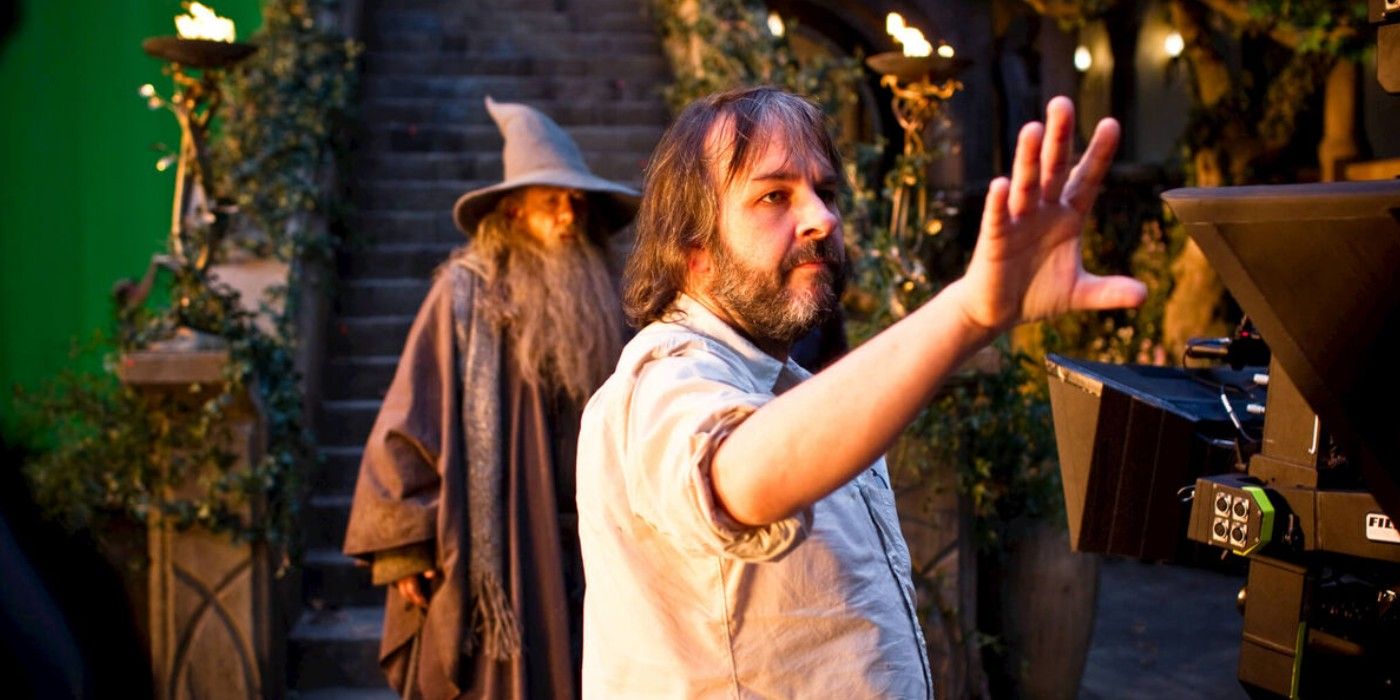
J.R.R. Tolkien’s extensive prose within The Lord of the Rings required a delicate and expert hand to adapt these classics onto the silver screen. It had already proven difficult for Peter Jackson’s predecessors, who made several animated versions of The Hobbit and two of The Lord of the Rings novels. These adaptations failed to truly capture a grounded tone for their characters, especially in the dialogue. When it came time for The Lord of the Rings films to attempt this, it took Peter Jackson and two other screenwriters to parse through the minutiae of the text, prioritizing and maintaining the impact of the original words while crafting them into presentable dialogue for a modern audience.
One of the key ways they did this was to turn some of the dialogue into “show don’t tell” moments, taking advantage of the strengths of the medium to use visuals rather than words in moments where it would be more emotionally impactful. That being said, many key moments involving the characters were often only whittled down rather than re-worded, so the essence of Tolkien’s voice was still felt through the words that remained. Although the work of Jackson and fellow screenwriters Philippa Boyens and Fran Walsh was a monumental task on its own, it would take much more still to deliver the dialogue through the performances of the actors. Fortunately for The Lord of the Rings, Peter Jackson was intent on getting what he wanted out of a performance.
The Lord of the Rings Dialogue Was Filmed Over Many Takes
Peter Jackson Was Known For His Meticulous Directing
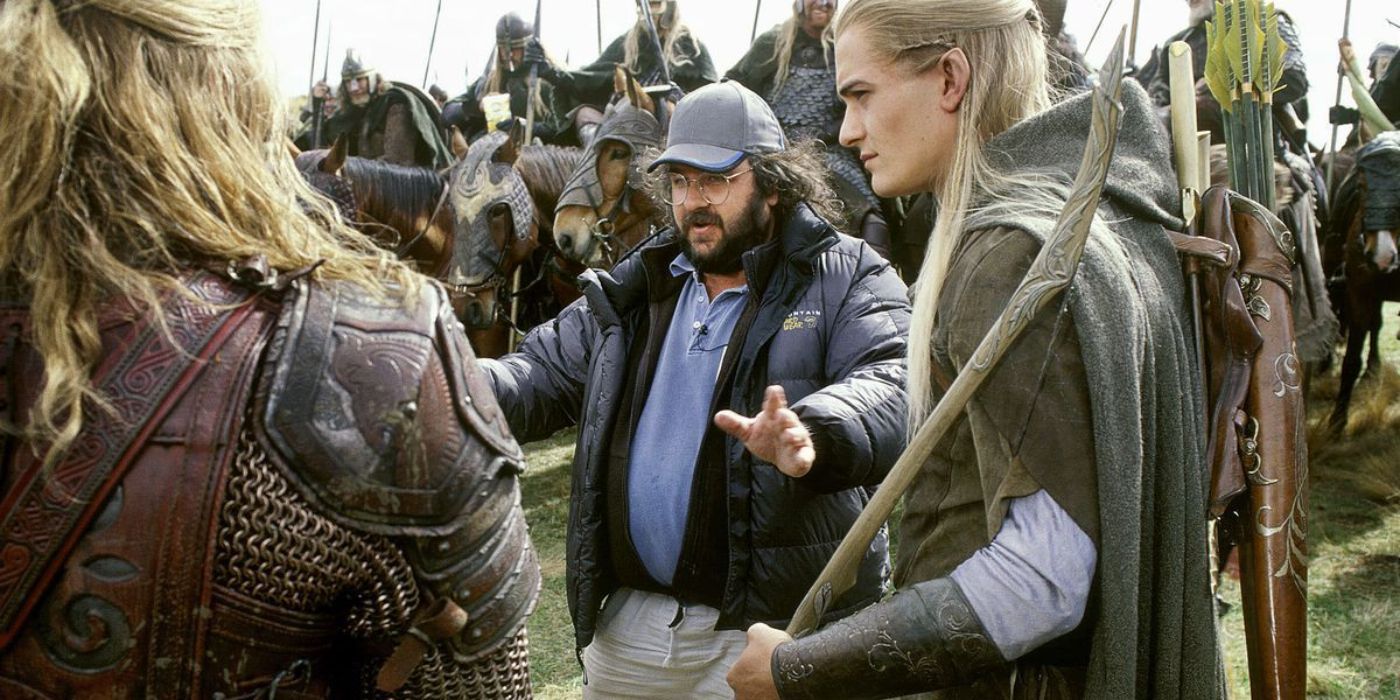
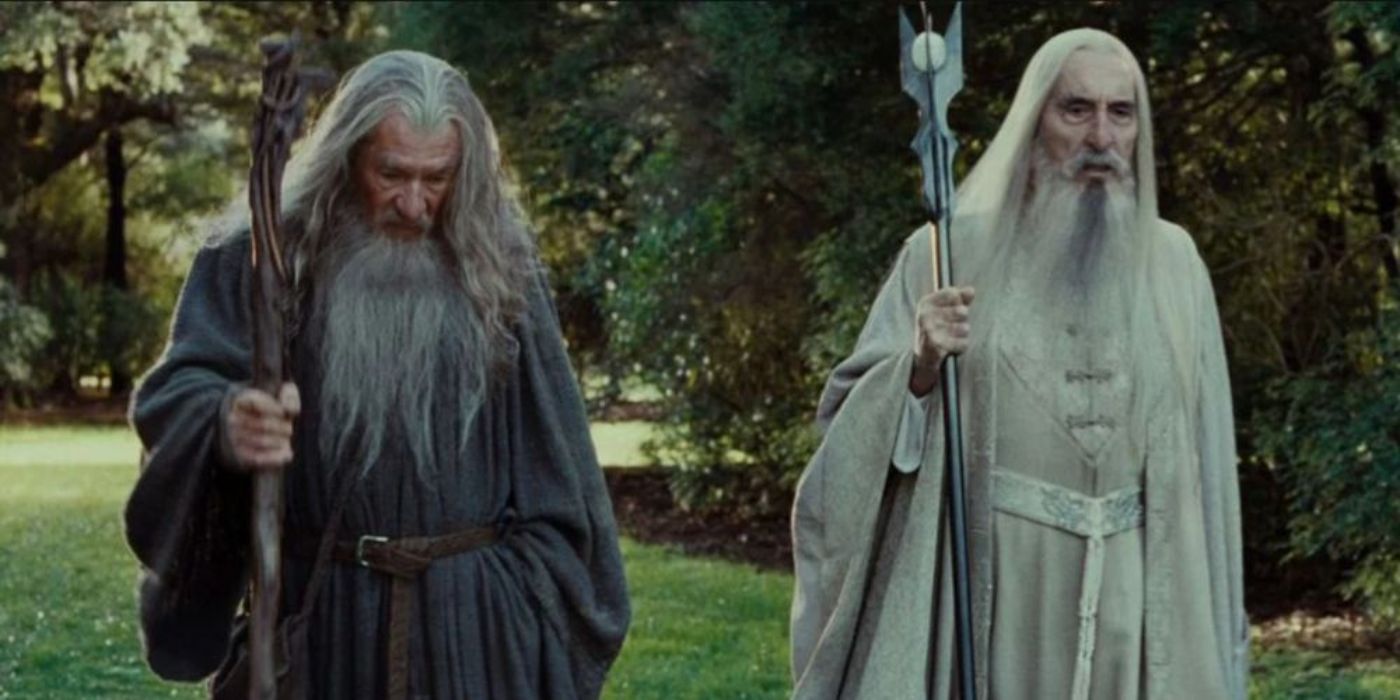
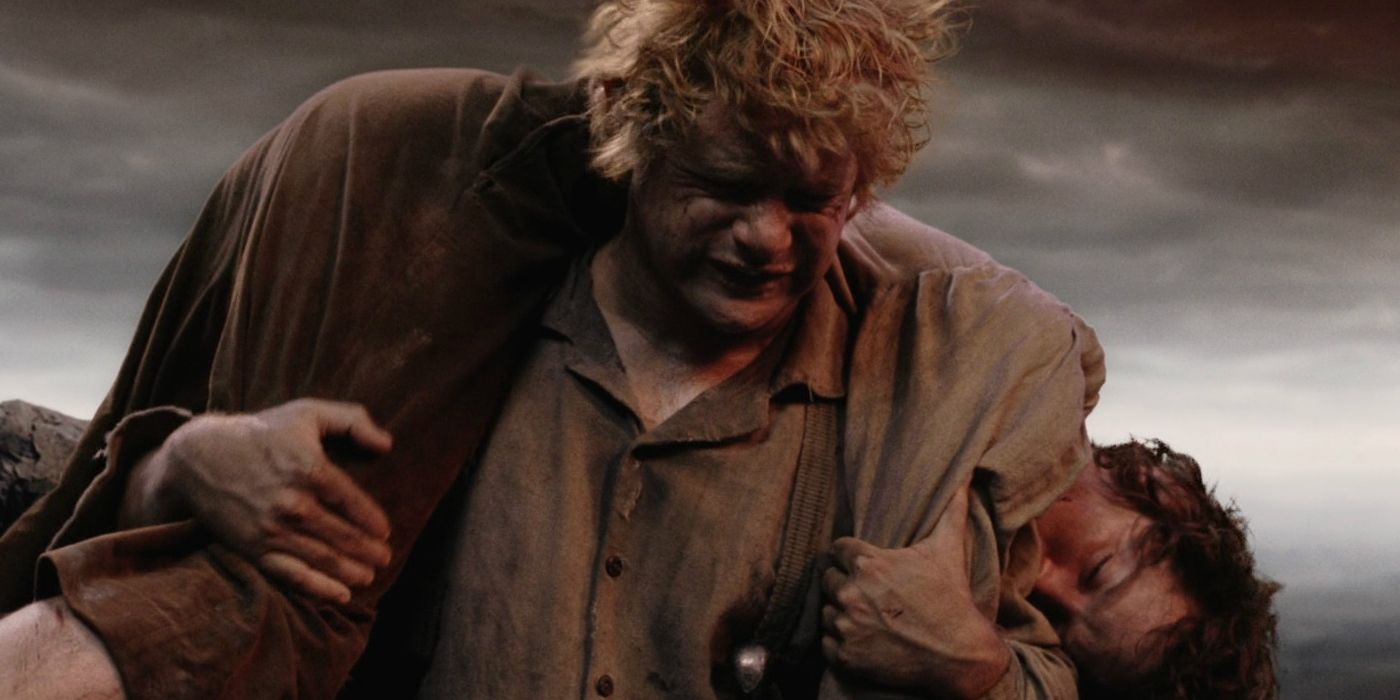
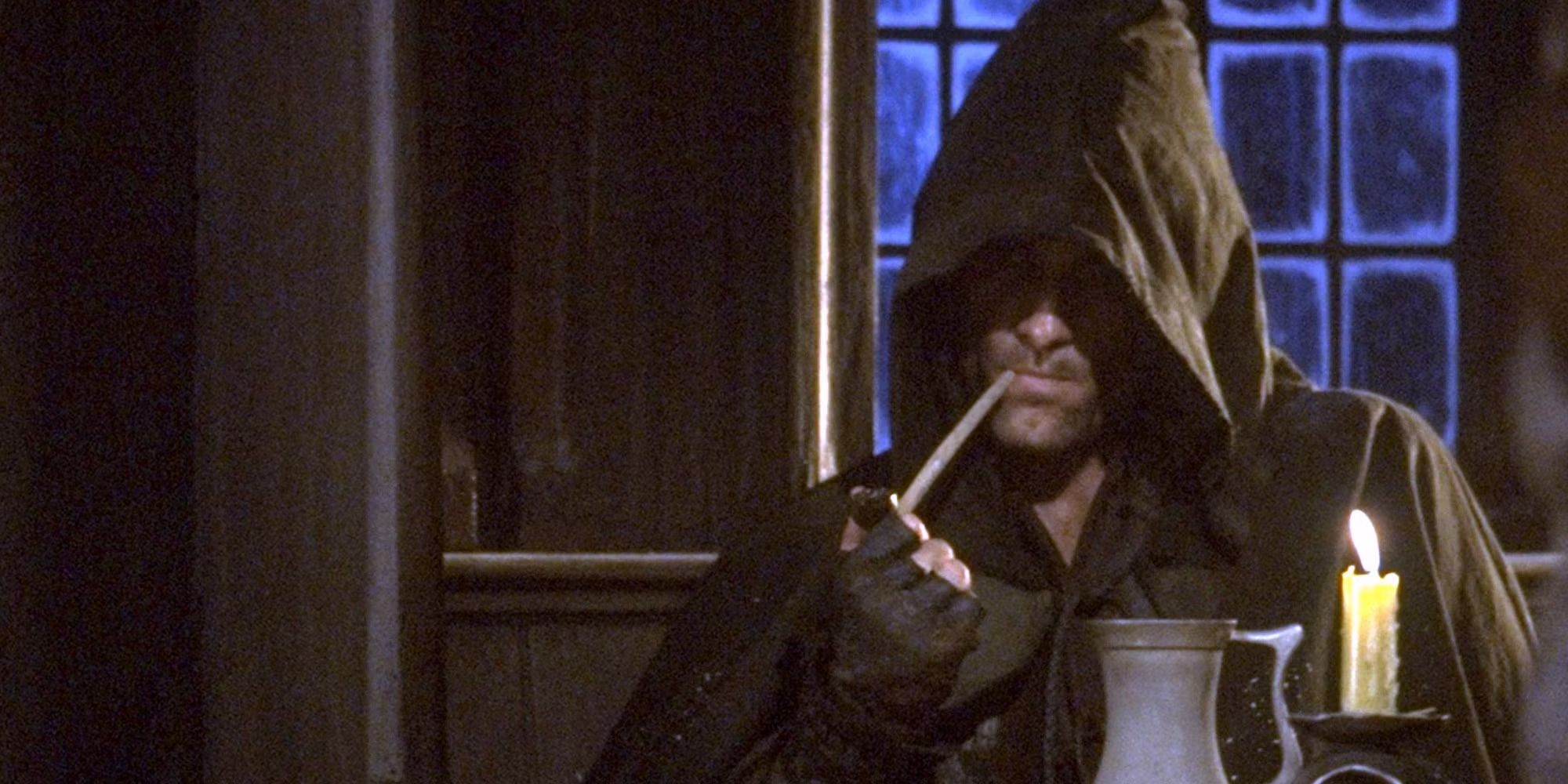




Peter Jackson’s reputation for getting the right shot and perfect take was infamous among the cast and crew of The Lord of the Rings. His sheer passion for building such a rich world in such a well-contained and spirited trilogy was a huge undertaking, and it would turn out to be the series that defined his career once he succeeded. Since the dialogue needed the right tone, atmosphere, and performance to be just right, Jackson would shoot an immense number of takes over several days of filming, making sure he had every possible variation on the delivery he could get from the actors. In the case of Ian Holm, who played Bilbo, Jackson loved his method of switching up his line delivery between every single take, rarely delivering the line in the same way.
Christopher Lee, who played Saruman, was taken aback by the amount of takes Peter Jackson filmed when he first started doing scenes. As a great fan of The Lord of the Rings trilogy his whole life, Lee had felt insecure that, after being a decorated actor on stage and screen for decades, he was being asked to re-take his performances so frequently. He was later assured by Ian McKellen, the actor for Gandalf, that it was simply a matter of Peter’s style. The real genius of doing this, even though it was taxing on the actors, is that it gave Jackson and the editors plenty of material to cut or replace certain line deliveries depending on how they needed to sculpt the scenes. Cuts of a film change constantly during post-production, so this huge archive would have been a beneficial resource when completing these movies.
The Atmosphere of The Lord of the Rings Elevated the Dialogue
Atmosphere, Writing, and Visuals Help Make the Dialogue Memorable
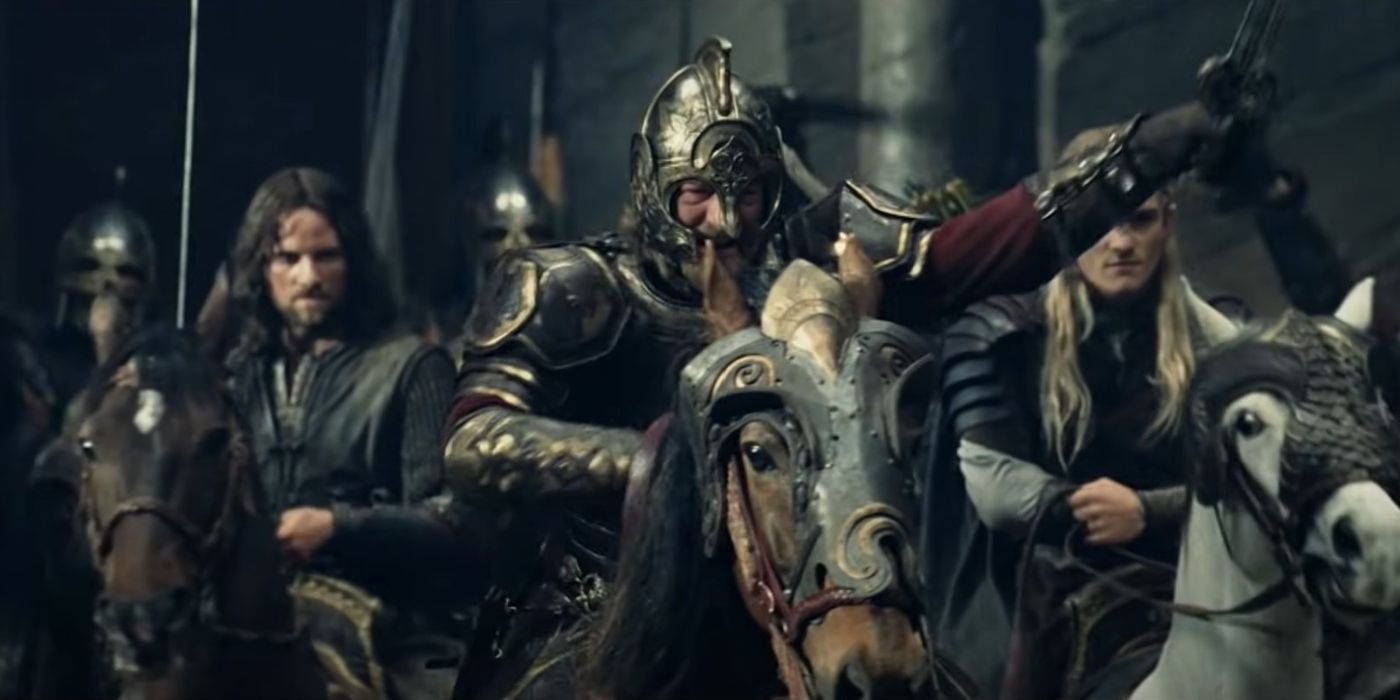
The passion for the script’s brilliance cannot live on the pages of the screenplay alone, nor does one factor have sole responsibility in elevating it. For every one of Lord of the Rings‘ subtle lines, tear-jerking exchanges, and riling battle speeches, there is an atmosphere worthy of portraying the gravity of those words. One example of this is Sam’s heartfelt lines to Frodo as they walk through Mordor together. The scene is suitably desolate around them as Sam says, “Come on, Mr. Frodo. I can’t carry it for you, but I can carry you.” That atmosphere makes the words all the more triumphant as the music swells with Howard Shore’s score, emphasizing the true strength it takes to overcome their environment and reach their goal. Without the flames, the soot-covered faces mixing with their tears, and the steep and sharp path showing the impossible way ahead, Sam’s dialogue in this scene might be diminished to a throwaway line.
Other than just the setting, more aspects of the visuals are important in selling dialogue. This can be seen in the scene where Treebeard is led by Merry and Pippin to the razed forest just outside of Isengard in The Two Towers. The striking visual of the barren landscape combines with the effects done on Treebeard to create his emotions. No longer resilient to the idea of revolt, his line “There is no curse in Elvish, Entish, or the tongues of Men for this treachery…” would be hard to deliver seriously if it wasn’t for the efforts of Lord of the Rings‘ special effects team. The three Lord of the Rings films are filled with many moments like these that inspire genuine emotion within the audience, and it’s due to the hard work of Peter Jackson and the passionate cast and crew that the dialogue in these films has stood the test of time.
The Dialogue in Lord of the Rings Is Genuine in Its Sincerity
The Lord of the Rings Trilogy Wears Its Heart on Its Sleeve

Something that audiences have noticed is becoming more absent from modern films is sincerity in their storytelling. Due to the trend of prioritizing remakes or retellings of established properties, many films take the approach of deconstructing tropes in an attempt to make the material original. This results in the stories coming across as insincere, as the audience can tell that the film is poking fun at its genre rather than trying to convey any depth of emotion. Despite being an adaptation, The Lord of the Rings films avoid this completely, trusting in the premise of the original story without trying to justify it or explain it away.
One of the core themes of the series is friendship, and the films display this front and center, not shying away from allowing the characters to show genuine emotion for one another. Rather than adapting Aragorn as the stereotypical action hero of the time the films were made, for example, this series lets him cry for his friends and kiss Boromir on the forehead as he dies in his arms. This is reflected in Aragorn’s dialogue; in the scene at the end of The Fellowship of the Ring where Gimli despairs that all hope is lost now that their group is separated, Aragorn replies with “Not if we hold true to each other.”
Though this line might come across as cheesy to modern audiences, Aragorn speaks the words with absolute sincerity and therefore makes the audience believe it.The Lord of the Rings trilogy was fortunate enough to have a long runtime to develop the characters and earn these emotional moments, including expansive extended editions. But even without that extra time, Peter Jackson proved that when enough care and attention is put into crafting sincere dialogue, it can elevate a story to new heights.
